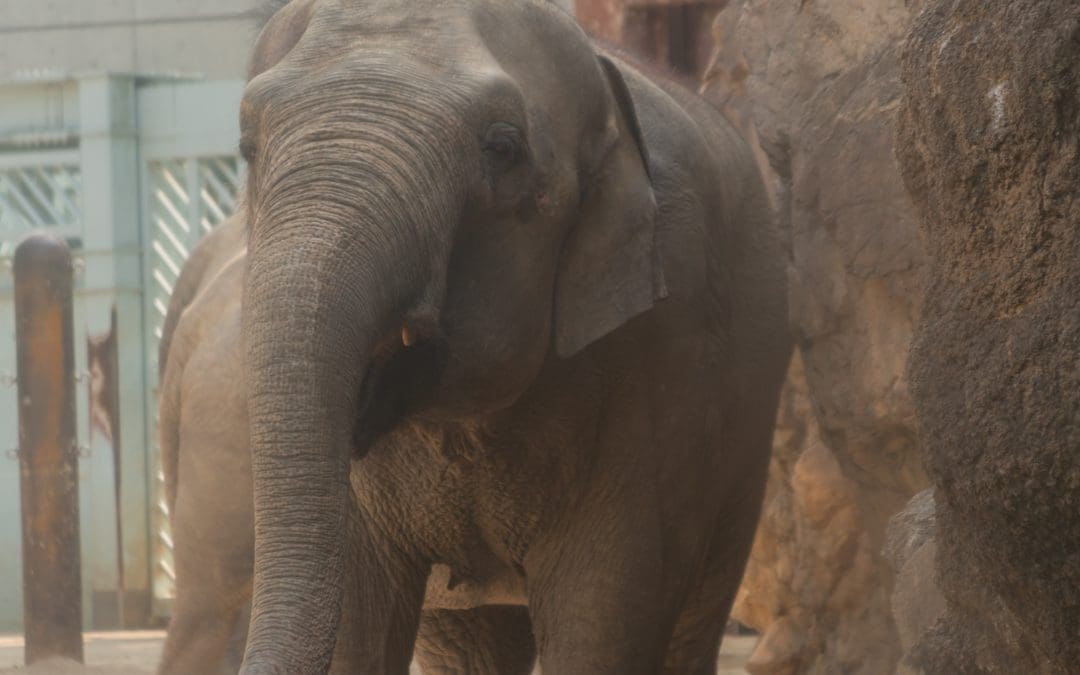I came across an interesting article by B.C. Lawyer Victoria Shiroff who practices and teaches animal law.
She talks about a recent B.C. Hunan Rights decision allowing condominium residents to keep their dog, notwithstanding a no dogs condo rule, as the dog was an emotional support dog for their daughter. The author talks about the development of animal law, noting it extends to numerous areas, including family, property, environmental law etc. This revelation was new to me, who graduated from McGill law school in the early 1970s. In those days we barely even had condos.
I recall all of animal law we studied took about one lesson as part of the torts course. There were two rules. The first was the rule of “cattle trespass” meaning if your neighbour’s cow knocked your fence over, he was strictly liable. Living in Montreal, for me this certainly had a ring of relevance. There was no mention about what happens when your neighbour’s dog leaves his calling card on your lawn and he fails to scoop it up. (Your neighbour that is. I do not expect the dog to scoop it up). My personal view on this one is that we ought to revisit reinstatement of capital punishment.
Then there was the rule of “scienter”. The owner of a domestic animal such as a dog, is strictly liable if he knows Fido has a dangerous propensity. Otherwise, no liability. The saying went, “Every dog gets one free bite”.
I never thought that was fair. I’d hate to be the victim of a pit bull’s first bite. I doubt any beneficiary of that chomp would hold his cheek and calmly say, “Good boy. That one was on the house.”
It seems decades later animal law has extended its tentacles. We see it in family litigation where parties have argued over custody of the family dog or cat. This of course can create problems as it can get difficult to conduct a psychological assessment of Felix. It might take the expert a can or two of kibbles before the feline picks up that pencil to answer that multiple-choice questionnaire.
A major focus appears to be on animal welfare. A leading case out of Alberta is Reece v Edmonton, where an animal advocates group brought a court application to remove Lucy, an elephant from the zoo for health and welfare reasons. The application failed though one judge on the Court of Appeal dissented. My question offhand is how did the group know that Lucy was sick? I cannot imagine them sneaking a vet into the pen, with a stethoscope.
Of interest, and perhaps unfortunately, the Supreme Court of Canada refused leave to appeal. I am not sure why as they don’t usually give reasons. Maybe they figured they were the high court and to them the case was worth peanuts.
Animal welfare issues have actually hit my neighbourhood. My Toronto suburb has a gang of coyotes roaming around. They look scary. There have in fact been reports of coyotes snatching small dogs off their owners’ leashes. We have mentioned this to City Hall, and we were told to practice “positive human and wildlife experiences”. City officials note that these wolf-like animals do not “usually” attack people. I don’t know. I respect that opinion but for now I wouldn’t want my granddaughter to prepare a basket of goodies, put on a red hood and head over to my house.
I believe animal welfare advocates have more work to do. In Alberta for example, why don’t they challenge the rodeo event at the Calgary Stampede? These yahoos riding on the back of a wild steer think they’re macho. I’d be more impressed if they would run around with that steer on their backs.
And elsewhere have there been any court applications to ban bullfighting? The only good thing about bullfighting is when El Toro flattens the matador. Olé!
Animal law has certainly evolved since I studied it in the post Noahtic ages. Going forward, I am curious now as to what ever happened to Lucy?

